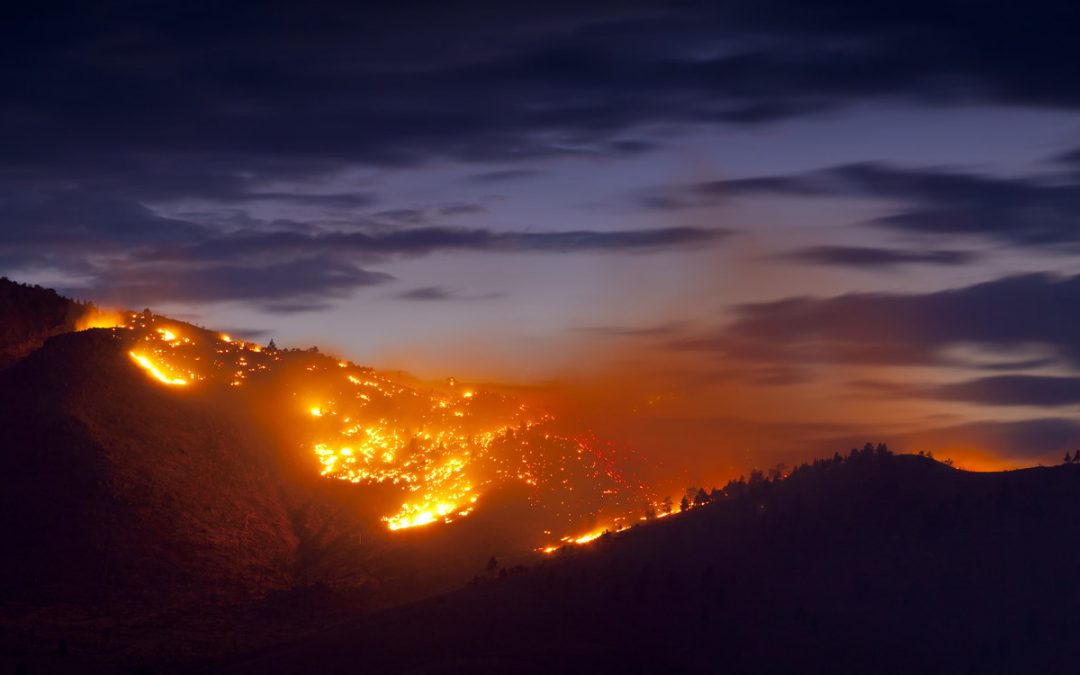
What Plants to Look for After Wildfires? Wildflowers!
Wildfire seasons are becoming longer and more intense throughout western North America. As climate change continues to make such extreme weather events more common, it is important to know what to expect from land that has previously been burned. And it's not all bad!...
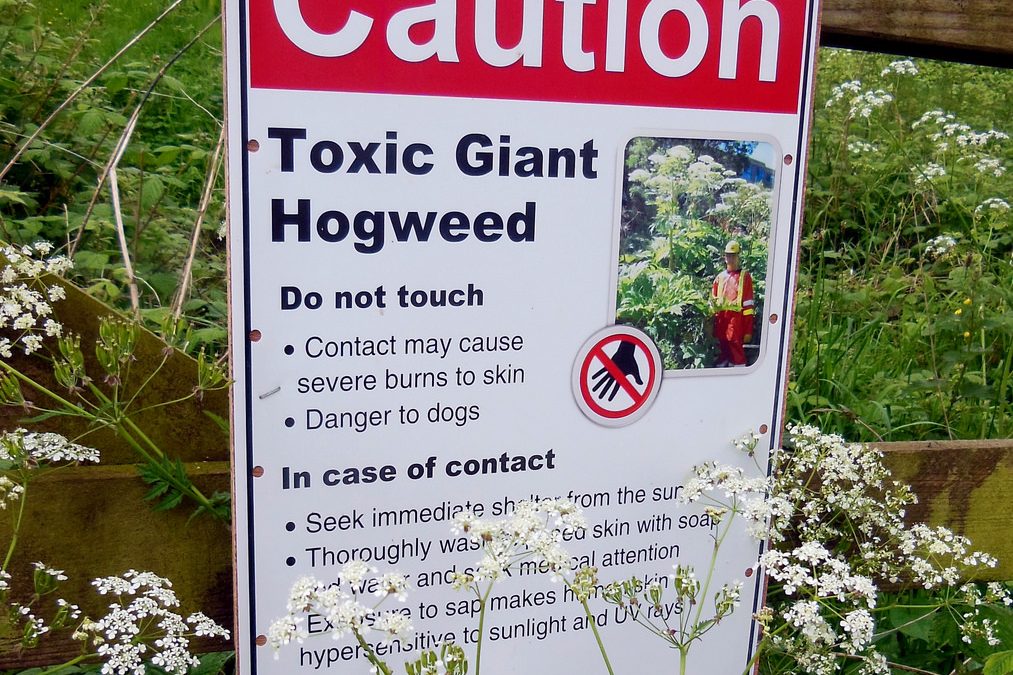
Beyond Giant Hogweed: Plants That Burn or Blister You
Giant hogweed is a pretty terrifying plant that hit the news late in the summer of 2018. It’s an invasive plant and noxious weed, meaning it’s harmful to people. But it’s not the only dangerous plant out there. IDENTIFY NEW PLANTS WITH PLANTSNAP Touching giant hogweed...
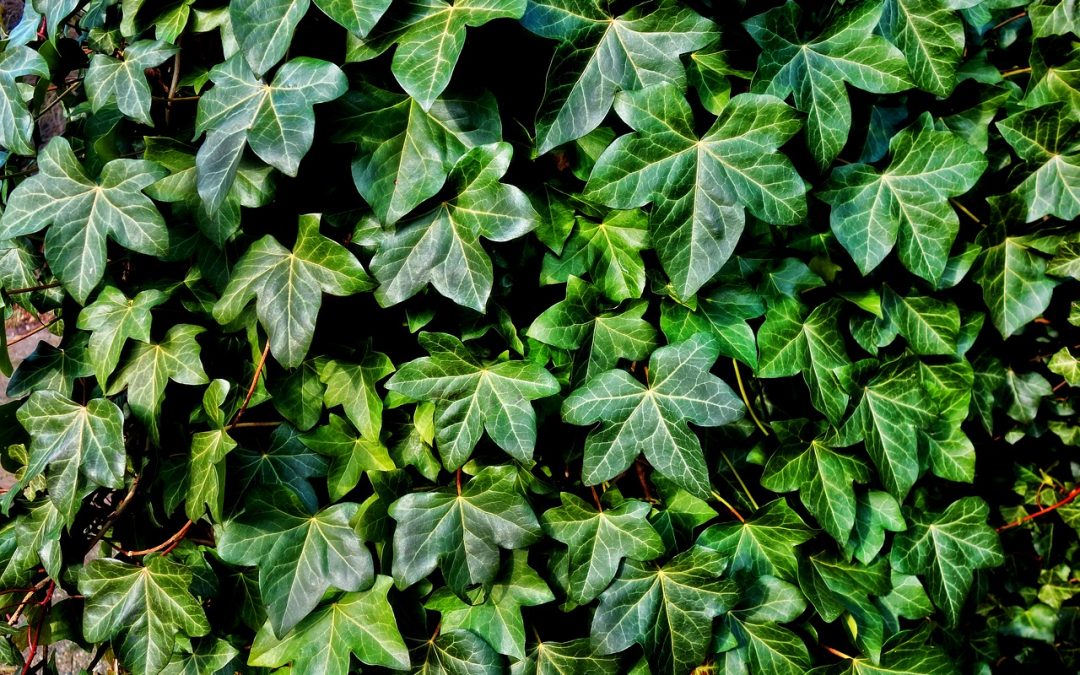
The Best Houseplants for Seasonal Depression – And How Plants Help
As the days get shorter and the sunlight gets weaker, roughly one in five Americans may suffer from a form of seasonal depression or the winter blues. Bringing houseplants into your home and office can help reduce stress, increase oxygen levels, and boost your mood....
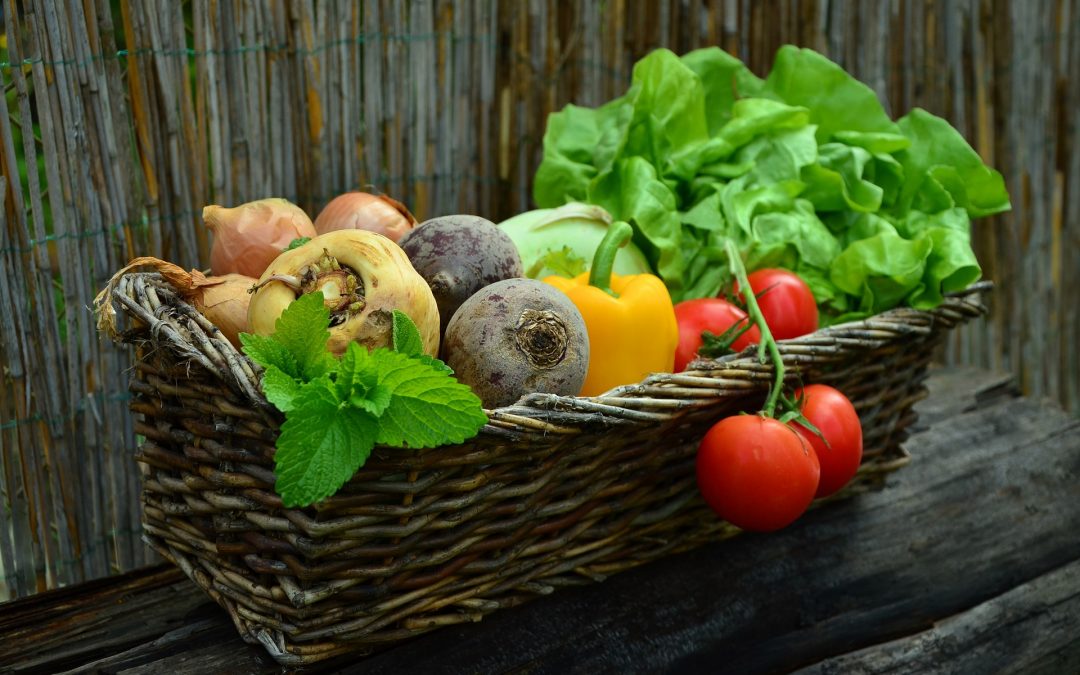
Here are 7 Things to Do With Your Extra Garden Veggies: From Pickling to Potlucks
As you’re digging up the 10,000th spud or trimming the millionth cucumber (didn’t you only plant two of those?), you might be wondering what to do with all of your extra veggies. While most gardeners are certainly happier to have surplus produce than to have an empty...
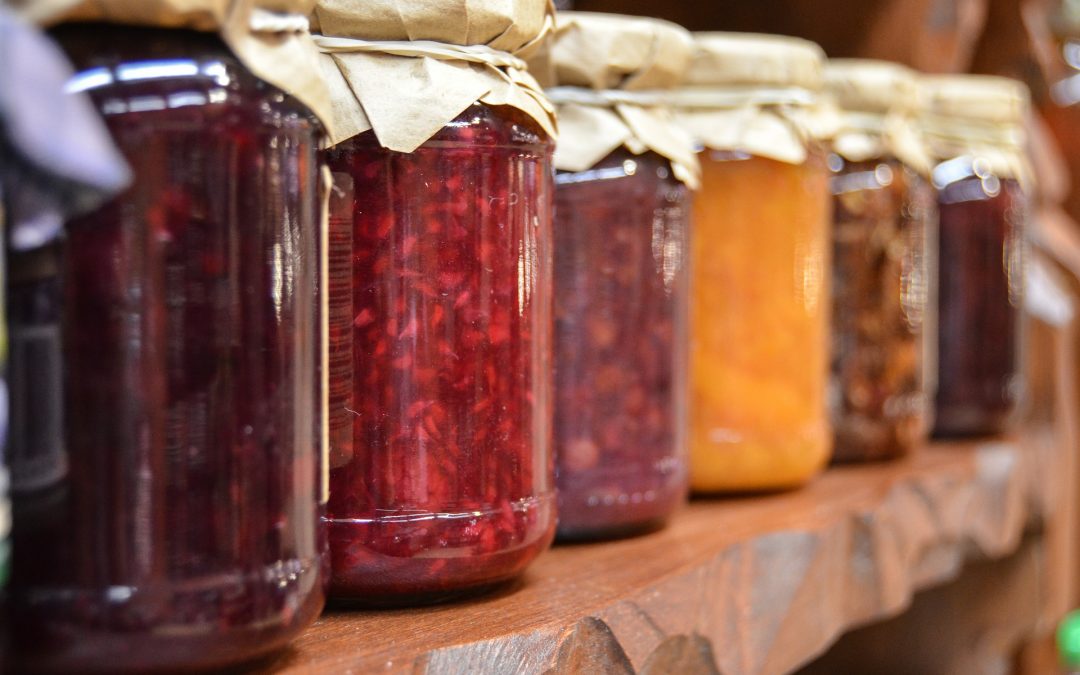
A Guide to Jams, Jellies, and Preserves: From Apples to Peaches
It’s that time of year - pumpkin spice lattes are all over everything, leaves are turning colors, and… you’re drowning in extra fruits and berries that you need to find a way to preserve. Or is that just me? While you might want to make jams or jellies year ‘round (I...
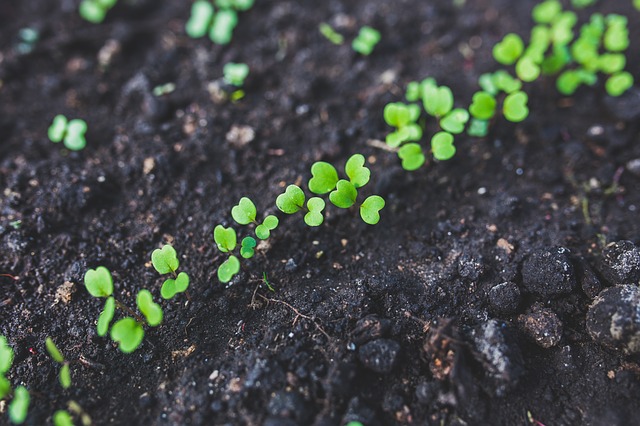
Planning a Last Minute Winter Vegetable Garden
As the summer growing season slows and leaves begin to turn, it’s nice to start thinking about all of the vegetables and greens that you can keep eating fresh all through the winter. Here are some tips to prepare your last minute winter vegetable garden! While the...
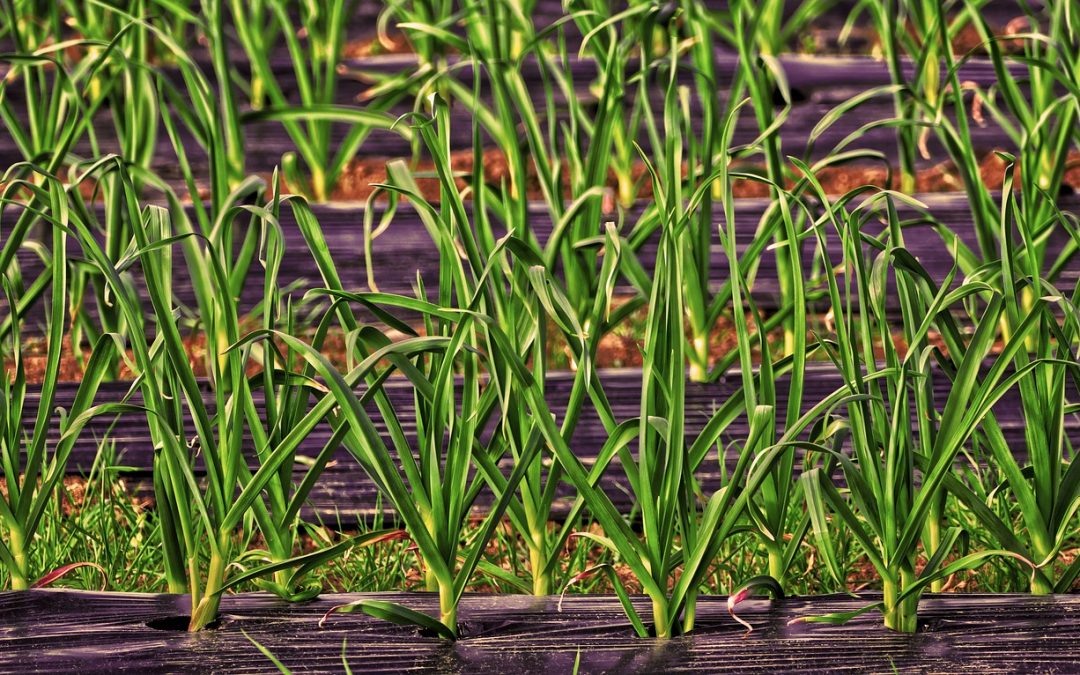
Identifying the 27 Most Common Vegetable Plants
In all of the excitement of planting your vegetable garden, you forgot to label the rows of greenery. Now you’re looking at lines of little green seedlings (or a tangled mess of adult plants), and wondering what’s going on in your garden. DOWNLOAD PLANTSNAP Before you...
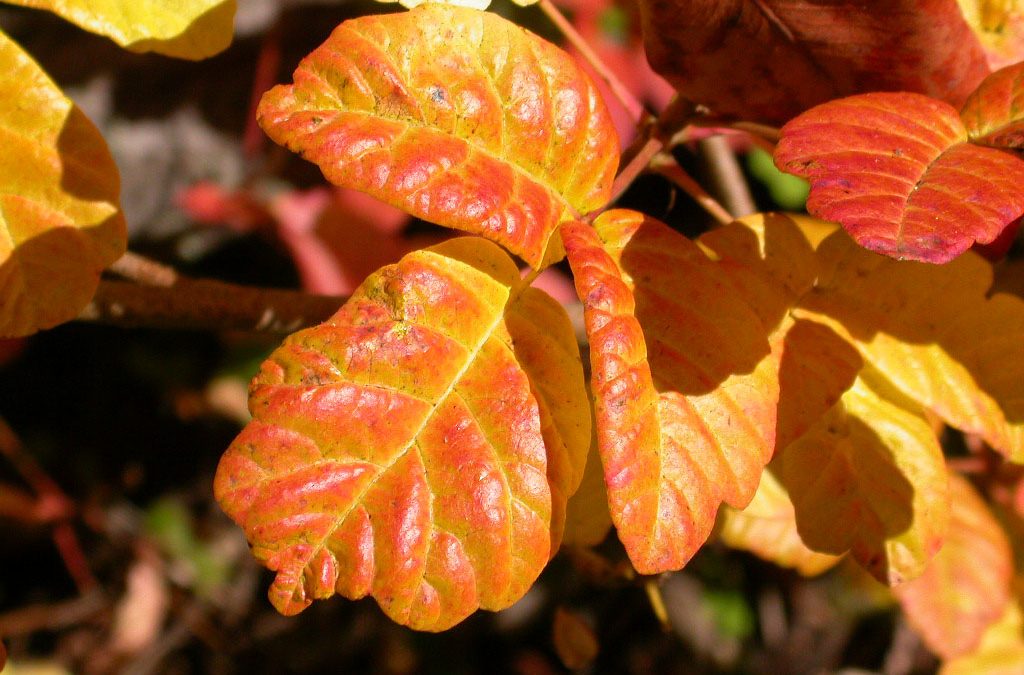
How to Identify, Remove, and Treat Poison Oak
Poison oak, or Toxicodendron diversilobum or Toxicodendron pubescens, is another relative of poison ivy and poison sumac. There are two species of poison oak: eastern and western. Both species are common across North America in a variety of habitats, making it a good...
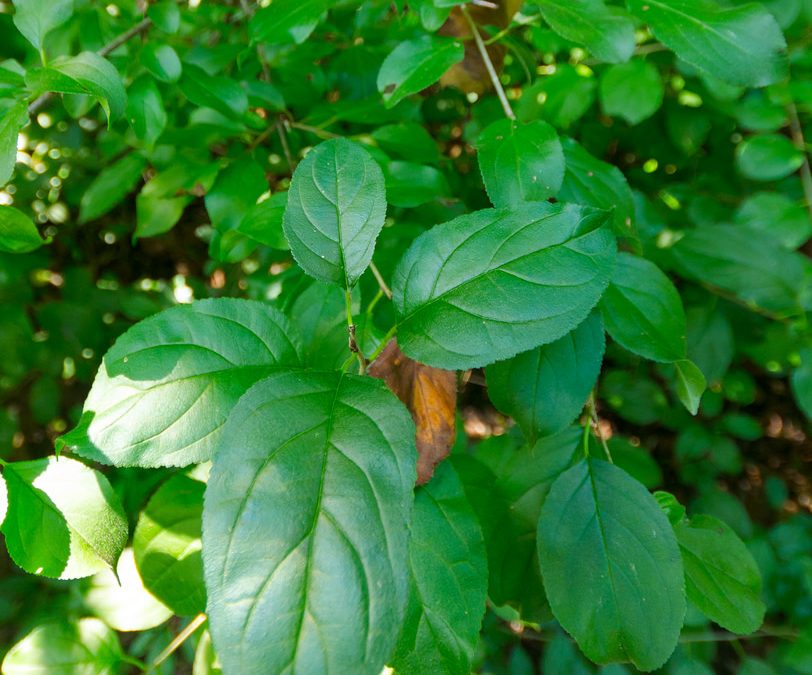
How (and why) to Remove Invasive European Buckthorn
Though Buckthorn is nowhere near as scary as Giant Hogweed, it’s still a serious invasive species that causes all sorts of problems where it grows. Buckthorn is shorthand for the genus Rhamnus, which includes about 110 species of shrubs and small trees. Unfortunately,...
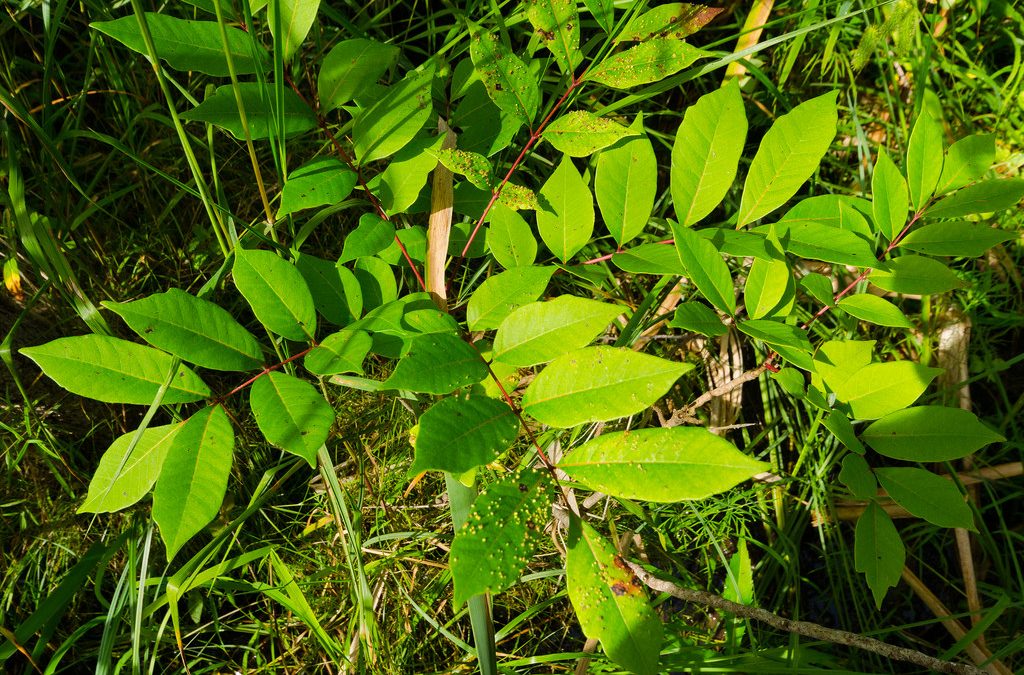
How to Identify, Remove, and Treat Poison Sumac
Poison Sumac, or Toxicodendron vernix, is a common North American plant that causes skin irritation to people. Like its better-known cousin poison ivy, the green leaves of poison sumac sure to put a damper on an otherwise pleasant camping trip or another outdoor...